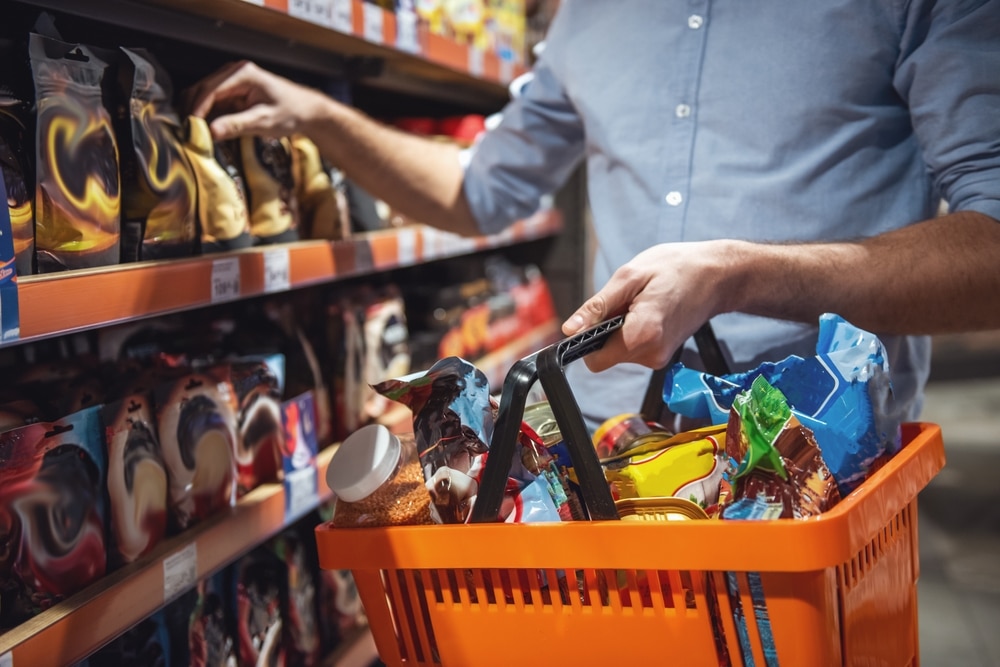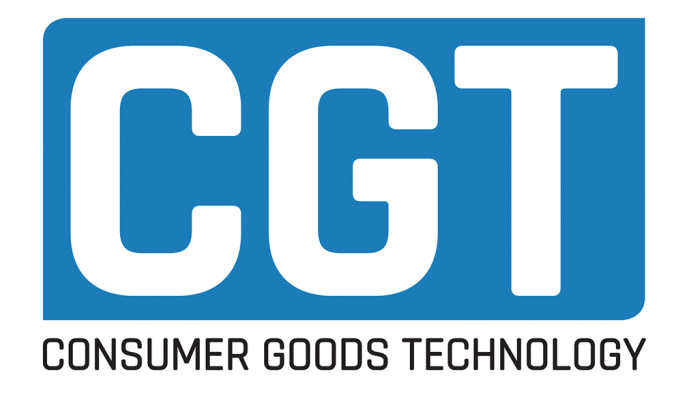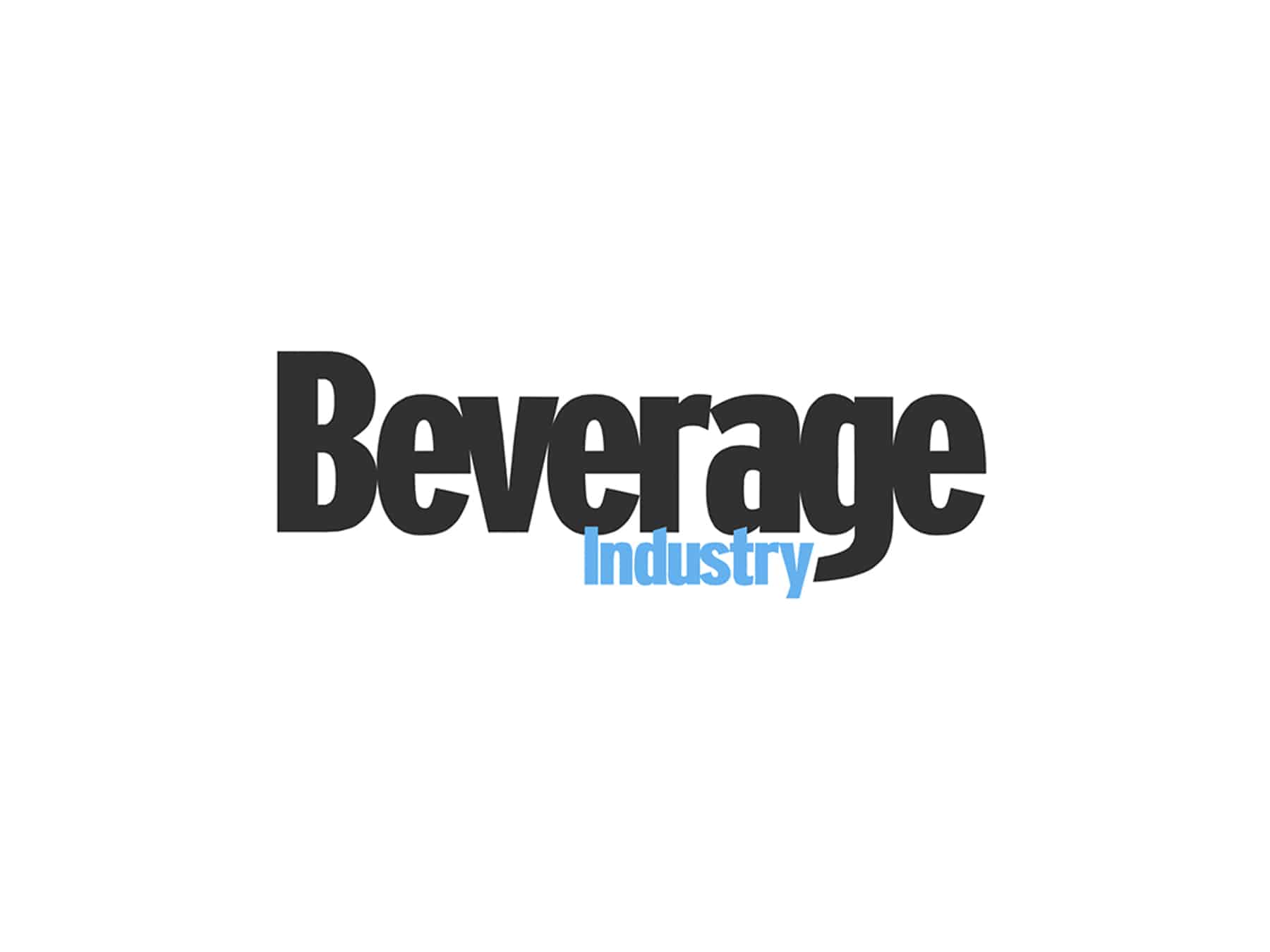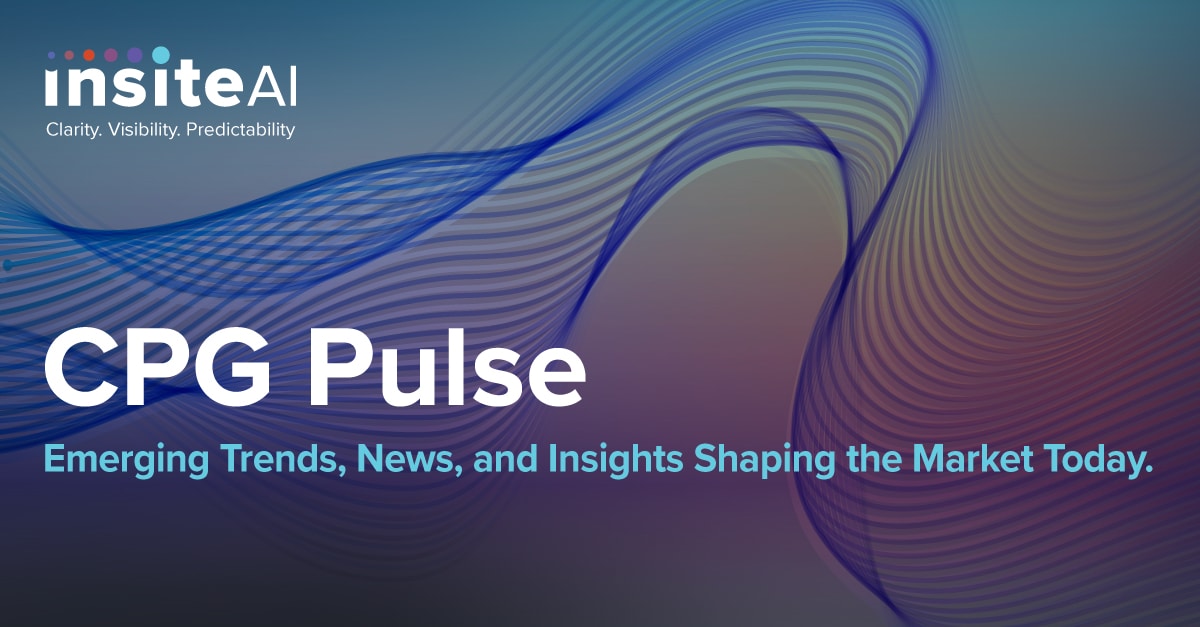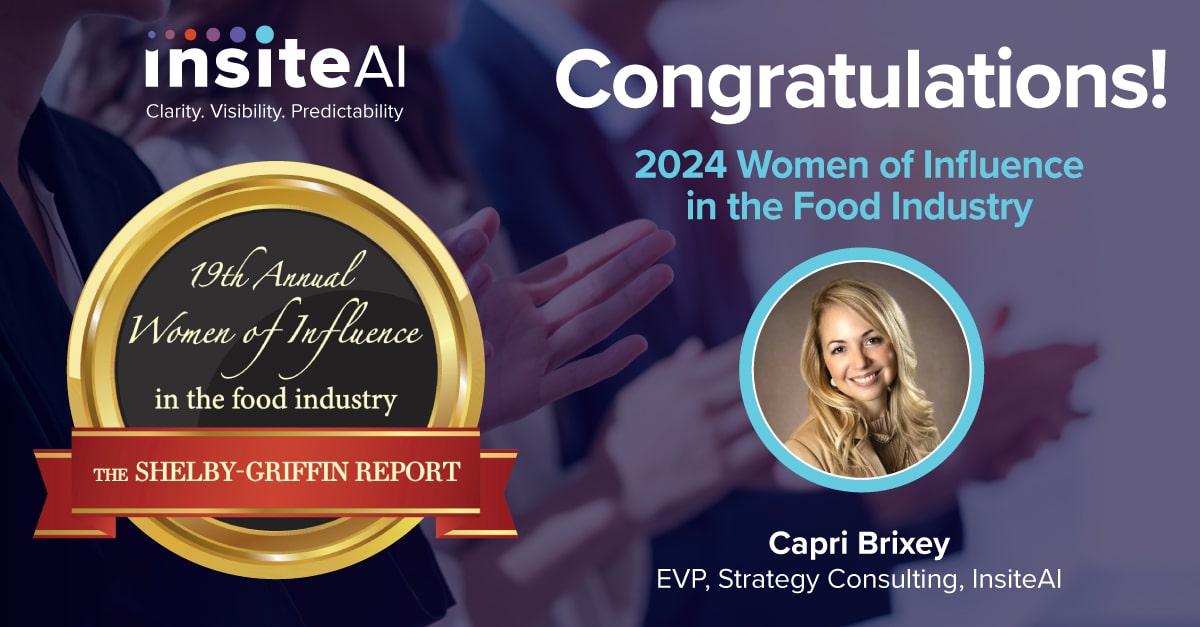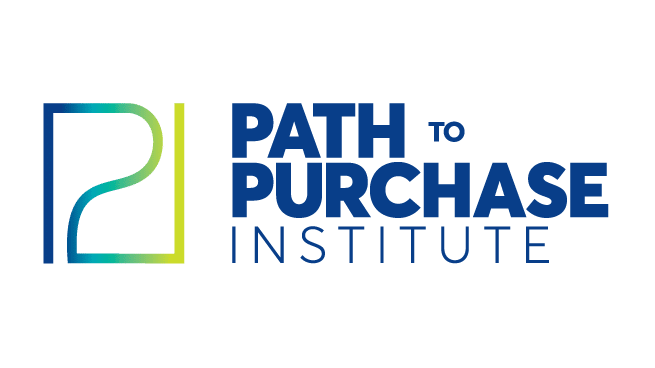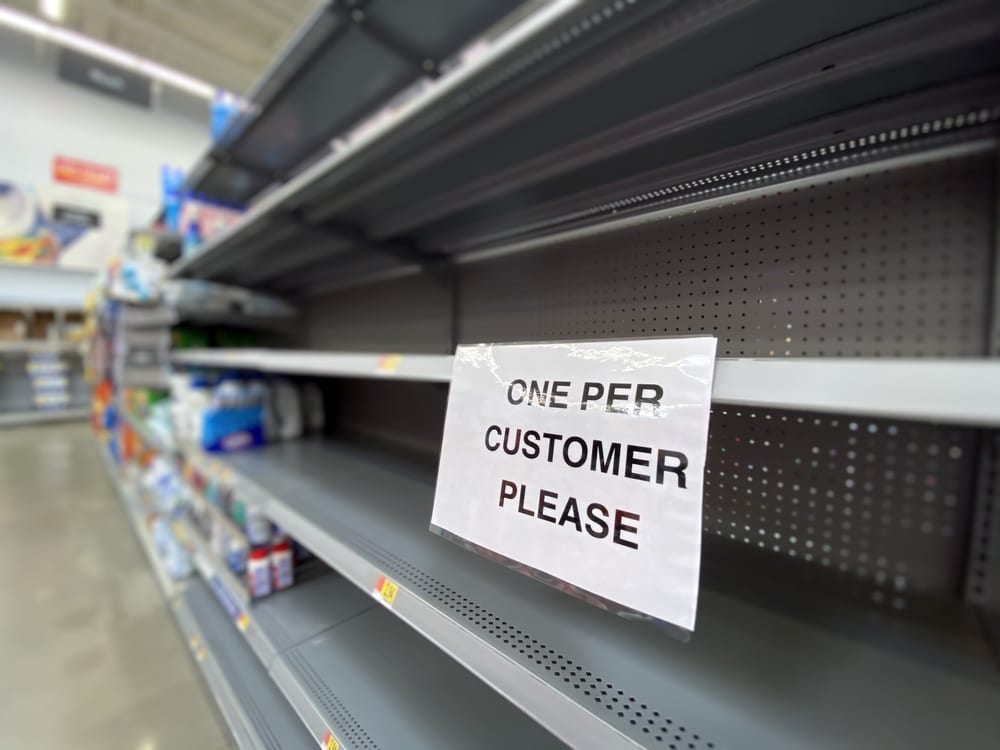
AI can not only produce plans A, B and C, but also plans X, Y and Z.
Having spent roughly the last seven years in data science at leading global brands, including Bacardi and Anheuser-Busch InBev, I can tell you that brands are too often working in “react mode.” Even at leading brands that already have an army of data scientists and AI-enabled sales and commercial teams, the organization can be challenged by events or market shifts it didn’t see coming.
During my time in the large CPG world, I saw how the brands I worked for — and competitors — reacted to economic shifts, technological changes, unexpected category product trends and more. There’s a lot that can throw a brand off track.
For any global brand looking to scale-up results or that is newer to AI and machine learning, there’s room to improve when it comes to preparing for the unexpected. There are learnings to gather that better manage product assortment, pricing and demand forecasts.
Unexpected Events Impacting Retail
The greatest and most timely example of an unexpected event is the COVID-19 pandemic, which upended all industries, but especially retail. At AB InBev, being a global company, we were able to prepare for shifts in the market and jumped to work with professors at MIT. Understandably, not all brands prioritized using data and technology to help, which has left many of them still learning from what happened.
Natural disasters are also events that can ravage operations regionally and have impacts on a global scale. But there are several other examples that CPGs may not immediately consider such as:
- Economic crises. Sudden economic downturns, financial market crashes or currency devaluations that squeeze consumer spending and purchasing power.
- Technological disruptions. An emergence of a new disruptive technology — or the obsolescence of an existing one — can throw a wrench into business models. Think of the advent of streaming services impacting traditional media consumption.
- Geopolitical events. Unforeseen trade disputes, political instability or international conflicts can greatly disrupt supply chains, sourcing and trade.
- Social and cultural shifts. A large cultural movement that causes a shift in consumer values and preferences can impact brands. It can be a sudden reaction to a brand or larger changes like consumer attitudes towards sustainability and ethical sourcing.
- Regulatory changes. Unexpected changes in policies or legislation can disrupt business. Product label changes and safety standards, taxes and tariffs can impinge on production costs and market access.
The analysis of these events happening around the world simultaneously can greatly complicate brand strategies. Brands need the right talent in place to understand every shift occurring and how it impacts the total value chain.
Where My AI Efforts Helped Brands
It is my belief that AI’s role isn’t so much to unequivocally predict an event, but the technology can better prepare brands for unexpected scenarios. Here are five ways I’ve used AI to help protect and better manage brands during unexpected events.
1. Enable teams to run endless test-and-learn scenarios (mimicking the many events listed above). AI can not only produce plans A, B and C, but also plans X, Y and Z.
2. Analyze historical data, current market trends and external elements to identify patterns and indicators that may precede such events. This analysis helps alert brands to the potential of unexpected events.
3. Monitor economic indicators, social media sentiment, news reports and even weather patterns, to identify any warning signals. For instance, predictive technology can detect sudden shifts in consumer sentiment or emerging global risks, such as geopolitical tensions or economic instability. By incorporating this information into predictive models, the CPGs were in a better position to anticipate and prepare for unexpected events.
4. Use technology to make snap decisions in real time to chart a new course of action for a brand and make effective moves immediately to limit any damage incurred. For example, if there is a sudden surge in demand for certain products due to panic-buying (like the toilet paper scare of the pandemic) or a shift in consumer needs (like shelf-stable foods during a storm), predictive technology recognizes patterns and quickly predicts behaviors going into and out of the trends.
5. Analyze customer behavior, such as the current downward turn in online grocery shopping or shifts in pricing sensitivity. These real-time insights empower consumer brands to adjust their production, distribution and marketing strategies accordingly.
The power of predictive technology isn’t so much to be a crystal ball, but to aid brands in delivering a collaborative and communicative relationship with retailers during challenging times.
Why Technology Is a Table Stake
The power of predictive technology isn’t so much to be a crystal ball, but to aid brands in delivering a collaborative and communicative relationship with retailers during challenging times.
I saw this firsthand through the brands I worked with, and the technology developed much stronger relationships with retailers. Brand teams can utilize retailer data and run daily reports — especially since constant communication during major events is extra important. These insights can help retailers optimize their inventory management processes and place core, valuable products onto shelves and maintain stockouts.
Data-driven capabilities and AI can be a necessary assistant during unexpected events. The tools can support how crisis teams manage unforeseen events.
The ability to provide data-driven recommendations and support helps build trust inside and outside an organization, and improve operational efficiency. The learnings also guide brands to weather any storm and better expect the unexpected.
To learn more about how Insite AI can help brands mitigate unexpected events, contact us.
